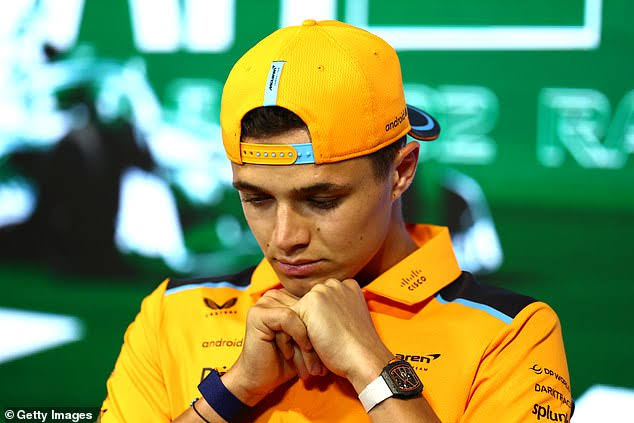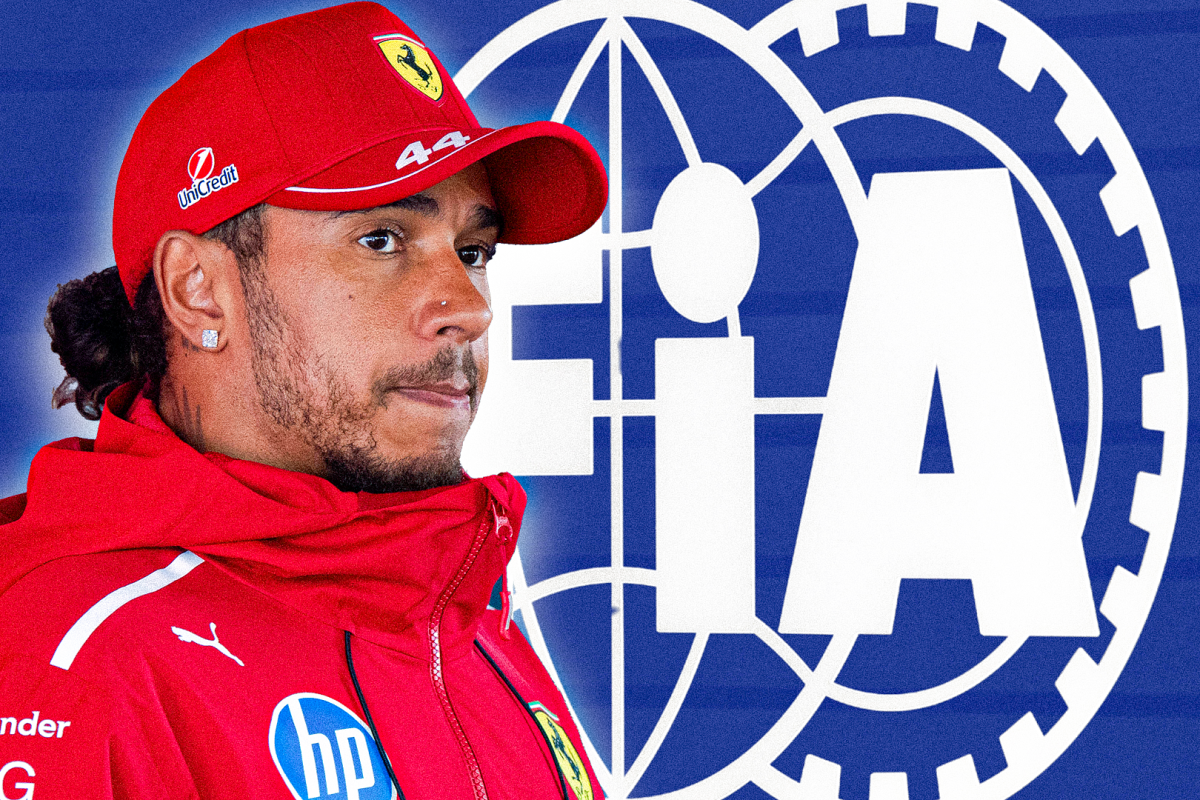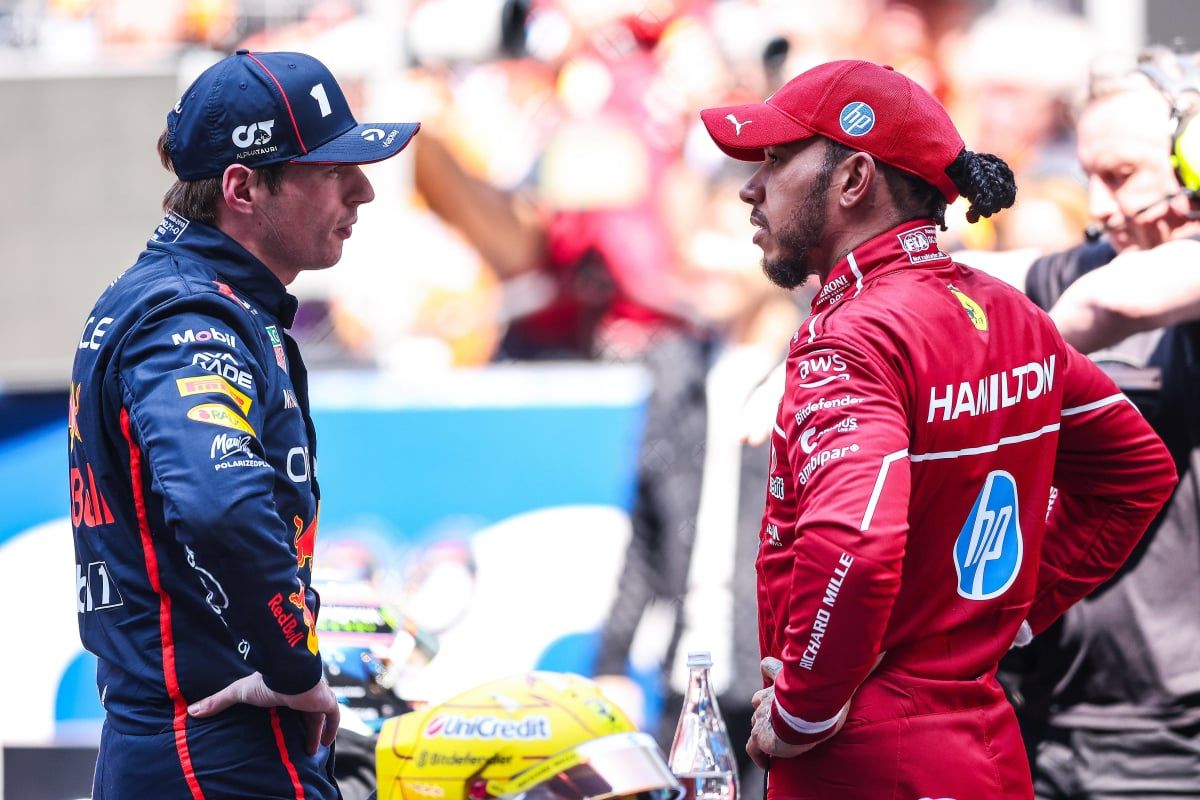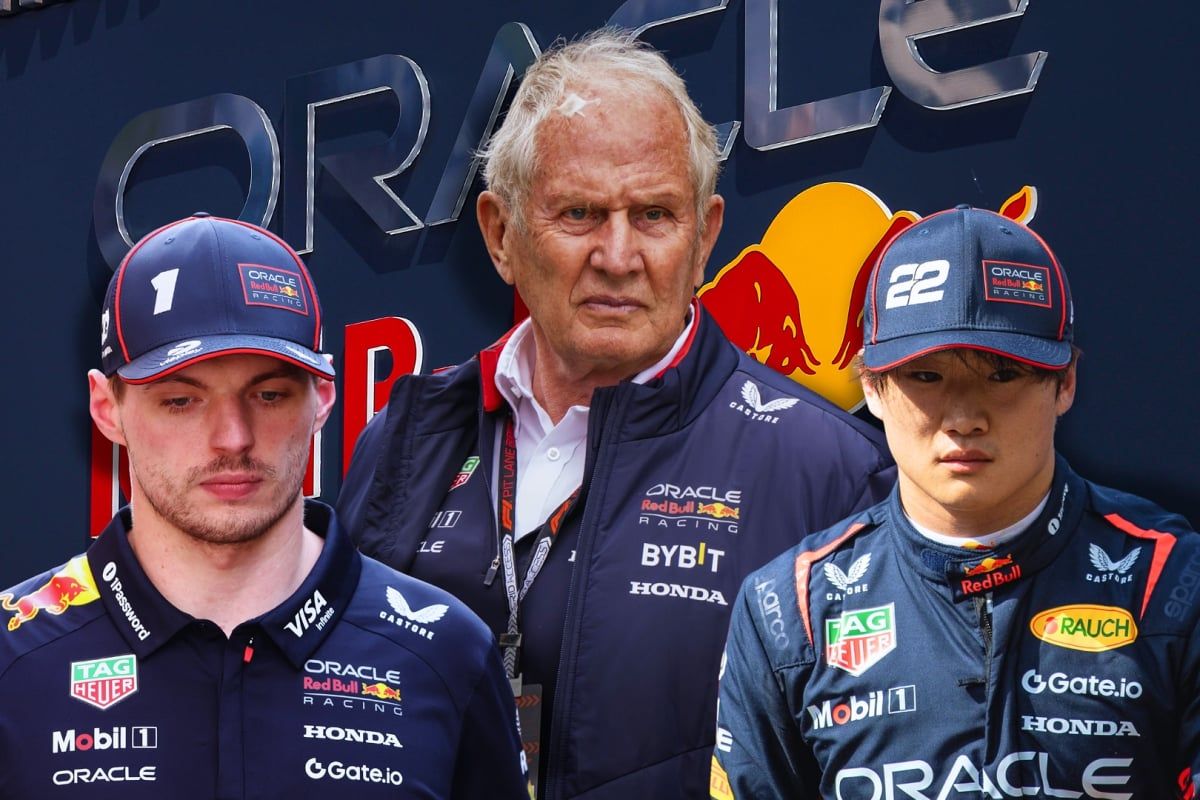Shock Penalty Rocks F1: FIA Sanctions McLaren as f1 star Faces Suspension After C…read more
The FIA has handed McLaren a penalty following a minor speeding incident involving Oscar Piastri during the first practice session (FP1) at the Canadian Grand Prix in Montreal. The Australian driver, currently a rising figure in Formula 1, was clocked at 80.3 km/h in the pit lane, slightly above the set speed limit of 80 km/h.
Though the breach was barely noticeable and only marginally over the limit, the FIA maintains a strict zero-tolerance policy regarding pit lane speed violations, citing safety as a top priority. As a result, McLaren was fined €100 (approximately £85) — a relatively modest penalty that underscores the minimal nature of Piastri’s infringement.
While some fans may view the punishment as overly severe for such a small discrepancy, the stewards are consistent in applying the rules to all teams and drivers. According to FIA regulations, any excess of the pit-lane speed limit, regardless of magnitude, is subject to a fine. This latest case is a reminder of how precise the sport has become, where even a fraction of a kilometre per hour can result in sanctions.
The €100 fine for McLaren is on the lighter side when compared to previous infractions. In 2021, for instance, Red Bull Racing was fined €1000 (£850) when Sergio Perez exceeded the pit lane speed limit by a much more significant 40 km/h. More recently, Williams received the same €1000 fine at the Japanese Grand Prix this year after Carlos Sainz went 13.7 km/h over the limit.
Interestingly, later in the same practice session in Montreal, Alex Albon of Williams was also penalized for a similarly minor infraction. His car was recorded at 80.1 km/h in the pit lane, resulting in the same €100 fine as McLaren’s. These fines illustrate just how fine the margins are in Formula 1, where the smallest details can carry regulatory consequences.
Such examples of strict enforcement reflect Formula 1’s commitment to precision and fairness. Pit lane safety is taken very seriously due to the potential hazards involved, and penalties help ensure that teams remain vigilant.
The high level of scrutiny in F1 doesn’t stop at speed limits. Teams have previously been penalized for seemingly negligible infractions. At the Chinese Grand Prix earlier this year, both Lewis Hamilton and Charles Leclerc faced disqualification following a post-race technical inspection. Leclerc’s Ferrari was found to be 1kg under the 800kg weight limit, while Hamilton’s car had excessive wear on the plank beneath it — just 0.5mm beyond the acceptable limit.
Fortunately for Piastri, the penalty did not escalate beyond the financial fine, and the cost was borne by McLaren rather than the driver himself. Although the fine may appear strict given the circumstances, it serves as yet another example of Formula 1’s razor-thin margins and the importance of compliance with every rule — no matter how small the infraction may seem.




